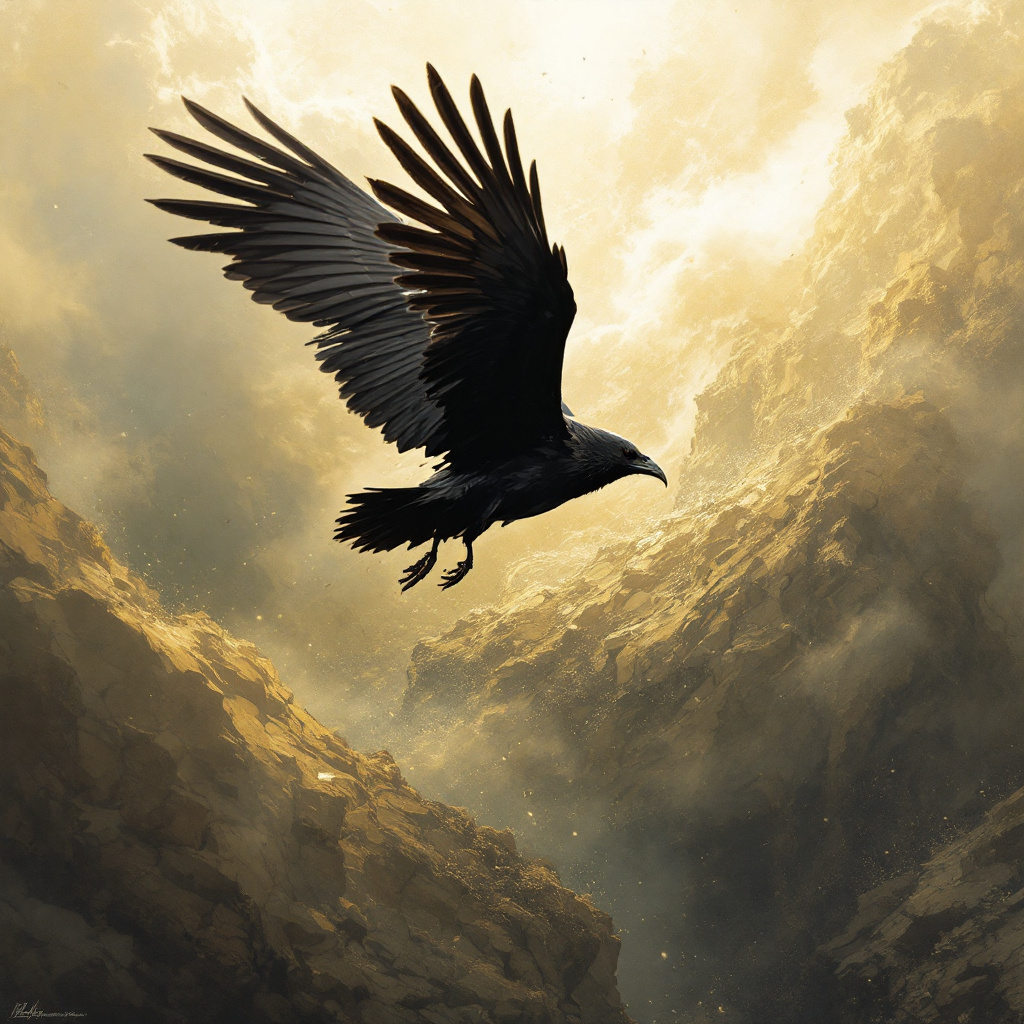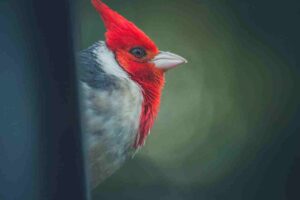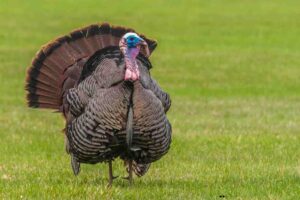Ravens have long captivated the human imagination with their striking appearance, intelligence, and haunting calls. Whether perched high upon a rocky outcrop or soaring through the sky, these birds have a rich history and numerous associations across cultures. One of the fascinating aspects of studying ravens is the terminology that describes them in groups. In this extensive article, we shall look at what a group of ravens is called, why it is called that, the behaviors that characterize these beautiful birds, and their significance throughout history and in various cultures.
What is a Group of Ravens Called?

A group of ravens is usually called an “unkindness”. The word is very mysterious because it is quite a contrast to the general perception of birds as symbols of beauty and freedom. The term unkindness” may have originated from the raven’s association with death and the supernatural a reputation that they have carried for centuries.
Explore more about: Are There Blue Cardinals? Separating the Myth from Reality of the Blue Cardinal.
The Fascinating World of Ravens

Before going into further detail regarding the meaning of the word “unkindness”, one has to know the characteristics and behavior which make ravens unique animals.
Read more about How Much Does A Lovebird Cost?
Physical Characteristics
Ravens are among the largest birds in the corvid family, which also includes crows, magpies, and jays. They are distinctive in having all-black plumage, a thick neck, and a wedge-shaped tail. This is an impressive bird, with a length of up to 24 inches.
Their intelligence is just as remarkable. Ravens have problem-solving abilities that are comparable to primates, and they express social complexity through play and communication. This intelligence is essential for their survival, which allows them to adapt to a changing environment and exploit many different food sources.
explore info about Where Do Geese Lay Eggs? A Comprehensive Exploration of Goose Nesting Habits.
Behavior and Social Structure
Ravens are social birds and sometimes found in small groups or pairs. In a large number, though, their behavior can be very intriguing. They can be involved in much activity such as foraging, playing, and even aerial acrobatics. They are frequently described as being curious and willing to explore novel objects or situations.
In addition, ravens are famous for their sophisticated vocalizations. They use different calls to convey different messages, from warning others of danger to begging for food from other ravens. Their social interactions often seem like playful banter, which helps strengthen their bonds.
Explore the info releted to Where in the Bible Does It Talk About Owls?
Origin and Meaning of “Unkindness”
Ravens” is also called by the collective noun “unkindness,” which has an etymology in Middle English and is often used somewhat tongue in cheek in this instance to describe certain social birds. This usage suggests both the prejudices and myths, surrounding ravens throughout the history, and given their frequent connection with death, omens, and dark magic through folklore, such a collective noun may have arisen based on societal attitudes toward the fascinating creatures.
In literature and popular culture, ravens have often been depicted as harbingers of doom or malicious tricksters. Edgar Allan Poe’s famous poem “The Raven” epitomizes this association, reinforcing the notion of ravens as solitary, eerie figures. This literary portrayal has contributed to the perception of ravens as being more “unkind” than other birds.
Cultural Significance of Ravens
The perception of ravens as “unkind” beings is not universal. Across different cultures, ravens have held varying meanings:
Norse Mythology
In Norse mythology, the raven is a powerful symbol of wisdom and insight. Odin, the chief god, is often accompanied by two ravens named Huginn (thought) and Muninn (memory), who fly across the world to gather information. Their presence signifies knowledge and the ability to see beyond the immediate.
Native American Beliefs
Many Native American tribes believe that the raven is a trickster figure, symbolizing transformation and change. In some stories, it is credited with bringing light to the world or even creating it. This interpretation is quite different from the term “unkindness” and demonstrates the variance of the raven symbolism.
Celtic Traditions
In Celtic traditions, a raven is considered an omen of prophecy and warfare. The goddess Morrigan, who is often depicted with a raven or crow, represents fate and battle. This duality can be seen in the ambivalence of the raven’s symbolism, between dark omens and wisdom.
Literature and Art
The complex symbolism surrounding ravens has also made them a popular subject in literature and art. From Shakespeare’s works to contemporary fantasy novels, ravens often symbolize mystery, intelligence, or foreboding. Visual artists have also been inspired by these birds, capturing their dark and curious nature in various mediums.
Role of Ravens in Ecosystems
Beyond their cultural significance, ravens play crucial roles in the ecosystems they inhabit. As scavengers, they help clean up carrion, aiding in maintaining healthy environments. Their intelligence also allows them to serve as effective pest controllers, hunting for rodents, insects, and other small animals.
How to Spot Ravens in the Wild
If you’re eager to observe ravens in their natural habitat, here are some tips:
- Habitat: Ravens inhabit open land, forests, and mountainous regions. Find them in areas around cliffs; they prefer nesting in such elevated regions.
- Body and Form: Ravens are larger than crows with a thicker neck and a wedge-shaped tail. Their wingspan can also be as large as more than three feet.
- Calls: There is their deep, rasping croak and other types of calls. They give a wide range of sounds ranging from clicks to whistling.
- Behavior: Watch for their acrobatic flight patterns. Ravens are known to soar and dive, often engaging in playful behavior in the air.
Conservation Status
While ravens are generally widespread and adaptable, habitat loss and environmental pressures may be a threat to the population. Conservation efforts are necessary for the continued presence of these birds in their ecosystems. Protecting natural habitats and minimizing human impact on them is essential for the survival of these intelligent birds.
Conclusion
A group of ravens is referred to as an “unkindness,” which is a term that seems both fascinating and suspicious. These mysterious birds are an interesting mix of intelligence, social behavior, and cultural richness. From their roles in mythology to their ecological contributions, ravens are animals that deserve respect and fascination.
As we delve into the mystical land of ravens, the layers of meaning challenge our assumptions and perceptions. Whether they are seen as harbingers of wisdom or symbols of darkness, one fact is clear: ravens captivate the human imagination, leading us to appreciate the grandeur and complexity of nature.








